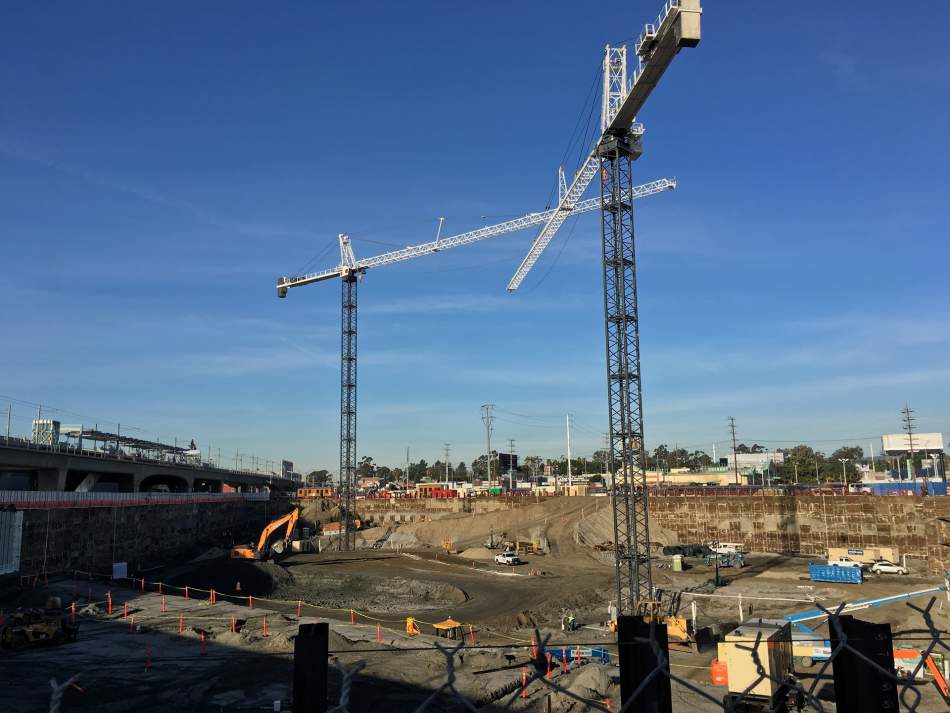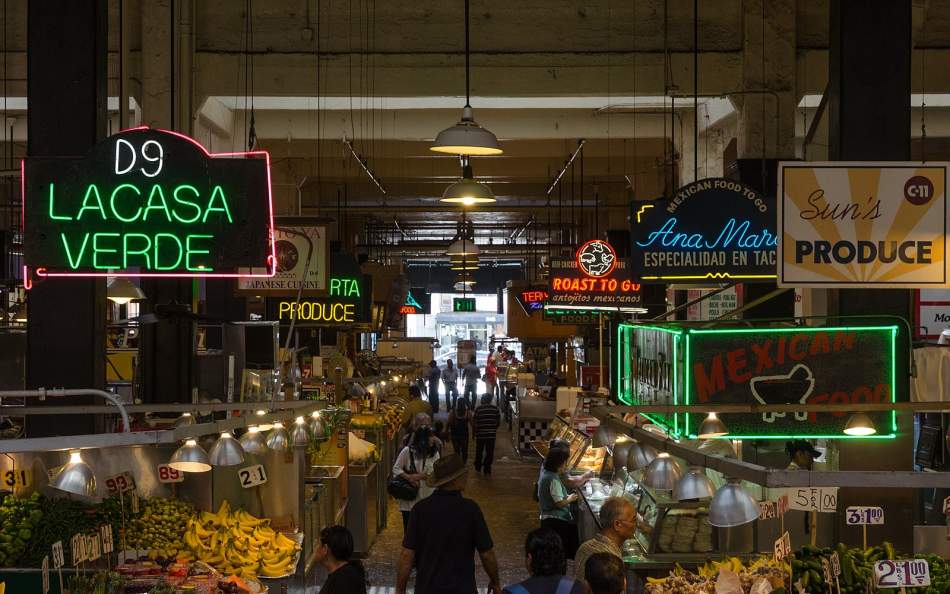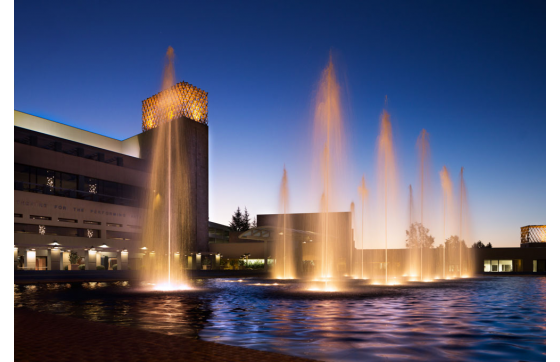From the editor: “L.A. Urbanized” is a series of articles exploring why Los Angeles is currently in the midst of an urban revolution and what it means for the city’s future. It documents the evolving development landscape of the region over the past few decades, identifies what key events brought about its urbanist turn, and considers what the impact of this transformation will be. Urbanize LA will publish one chapter of the 9-part series each Monday from April 2 through May 28.
- Introduction
- Chapter 1: Local Growth Politics and Development Patterns
- Chapter 2: The Several "Revitalizations" of Downtown Los Angeles
- Chapter 3: The Making of Los Angeles as a Global City
- Chapter 4: The Sparks of Downtown LA's Boom
- Chapter 5: Post-Recession Growth Acceleration in DTLA
Over the course of the past few installments, I have aimed to illustrate the events and circumstances that have brought us to the precipice of Los Angeles 3.0. Now, as we look over that precipice, with the Los Angeles of the past receding into mere memory, what do we see? What are we to expect of this new LA? The coming two installments seek to provide an overview of this new Los Angeles 3.0, addressing its nature and evaluating its impacts — for better and for worse.
The Re-Introduction of Metropolitan Coherence
Los Angeles 3.0 is in certain respects a hybrid form of its previous two iterations. LA 1.0 was a monocentric, train and pedestrian city in a fashion similar to many American cities in the era before mass ownership of automobiles. It was a rather small one during that time though, as compared to the gargantuan size it grew to in the decades following from WWII, when cars were widely available. LA 3.0 adopts many tenets of the 1.0 model, with a vibrant pedestrian Downtown, served well by public transportation, which links Downtown to other walkable communities in relative proximity to it. (Indeed, several of the rail routes of today’s new lines use the same right-of-ways established by the old commuter rail system! The tracks were ripped up in the early ‘60s, but the straight patches of open dirt in some cases remained vacant until their re-opening as train routes decades later.) This integrated urban region of the city is a novel re-introduction to the city after decades of non-existence; it is what we refer to as the walkable “Fifth Ecology”, harkening back to Reyner Banham’s Los Angeles: The Architecture of Four Ecologies.
At the center of LA 3.0 lies Downtown Los Angeles. DTLA is exciting and unique to many residents and visitors because it is a walkable urban space and generally an anomaly within a mostly car-focused Los Angeles. But an outsider or first time visitor might not expect the unusual density of cultural attraction and diversity to be found within this reasonably small district. Scott Beyer, a writer on urban issues currently traveling across the country exploring the breadth of its urban spaces, recently declared DTLA “America’s Most Colorful Neighborhood” in a Forbes column. Considering the various cultural outlets available on foot around DTLA, Beyer writes:
“Meander through the 8.6-square-mile neighborhood, and one will encounter, in no particular order, the following: a high-rise Financial District; an Arts District loaded with galleries; a Fashion District; a Chinatown; a Little Tokyo; a Korean area; a Mexican Town; a Union Station; a major covered street food collective called Grand Central Market; a Civic Center that has the highest concentration of government employees outside of Washington, DC; an additional arts district along Bunker Hill featuring venues of a more institutional nature, like the Broad Museum; an entertainment district that includes a stadium and convention center; Grand Park LA; and the list goes on.”
Many of these cultural outlets have really only come into being since the 1990s. But with so many sorts of venues assembled in such close proximity, with the street life of the neighborhood improving every time a vacant parking lot is replaced with restaurants, storefronts, and residents, and with major regional events increasingly taking place there, it is clear to see how DTLA exerts an in increasing magnetism over the metropolis as a whole.
Yet Los Angeles 3.0 is no simple return to its 1.0, monocentric, urban past. By this point, the metropolitan area sprawls roughly 100 miles by 100 miles, and suburban sub-centers will surely continue to play a critical role for years to come. Growth in places certainly not a part of the Fifth Ecology as of now, such as Century City, Venice Beach, and Playa Vista continues to be strong. Growth in the archetypically suburban Orange County continues to outpace that of its larger neighbor to the north, in some respects because the internal constraints of the 2.0 model have yet to bite in that region.
Even these suburban areas, however, will come to interact with the urban core of Greater LA to a greater extent in years to come. Currently, business and cultural links between Downtown Los Angeles and these suburban and exurban sub-centers can be challenging, because traffic makes inbound and outbound mobility prohibitively time-consuming in many cases. Rail infrastructure development slated for the coming couple of decades should change this dynamic quite a bit. The Purple Line, being constructed under Wilshire Boulevard, should connect Downtown to the West Side hubs of Beverly Hills, Century City, and Westwood in about 20-25 minutes (versus 45-90 minutes by car with traffic). The California High Speed Rail aims to connect Downtown LA to Orange County in about 15 minutes (versus 60-120 minutes by car with traffic).
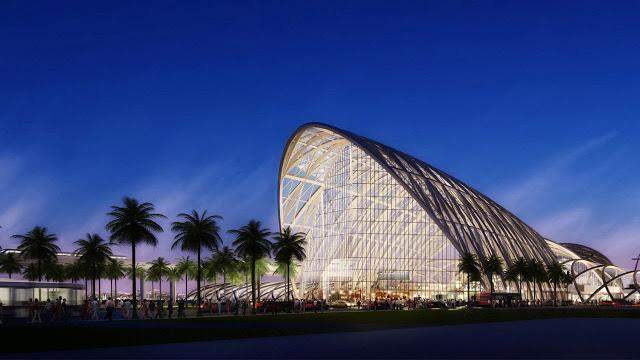
As those sorts of normal driving times between regional sub-centers and Downtown LA might imply, it currently takes too long to get to or from DTLA to make it accessible enough to be a regular part of most people in the region’s cultural lives. The natural response of the regional sub-centers has been to create their own cultural institutions, which more frequently serve as the cultural outlets for people living in those areas than does any metropolitan-facing institution located in the urban core. The West Side, for example, is home to museums like the Getty Center, the Getty Villa, and the Hammer Museum, in addition to performance venues like the Geffen Playhouse in Westwood, the Broad Stage in Santa Monica, and the Annenberg Center in Beverly Hills. The greater Pasadena area is home to the Norton Simon Museum and the Huntington Gardens, in addition to its own professional opera and symphony companies. More distant suburbs such as Orange County, the San Fernando Valley, and Thousand Oaks all have their own civic auditoriums and professional theater groups. Critically, these local-facing cultural outlets cater mostly to people who live and work in relatively close vicinities. In LA, there are many parts of the city where one can ‘live, work, and play’, a phrase popular amongst urban planning circles right now, within a particular sub-region of the metro area, seldom venturing beyond its bounds. This is what leads some to refer to Los Angeles 2.0 as a series of ‘urban villages’, each a self-contained universe, for which what is happening in the village next door is perceived to have little impact on the life of one’s own village.
What makes LA 3.0 distinct in this regard, then, is that it may serve to effectively link these disparate urban villages into one coherent city yet again. During the early stages of LA 2.0, one could argue that this sort of subdivision of the metro area into self-contained worlds was not the case, because with low-congestion freeway mobility, one could traverse the breadth of the region easily. Metropolitan-facing cultural outlets could be accessed by all, regardless of where they worked or lived. This was the egalitarian-by-place Los Angeles presented and admired by Reyner Banham. But once the city’s mobility did seize up under congestion, traversing such great distances became prohibitively time-consuming, and so the localized urban villages were formed because getting to and from work and entertainment destinations was unfeasible unless one lived relatively close to them.
This is where the development of rail transit plays a critical role in reshaping the cultural landscape of the metropolis. Expanding train lines, with the Downtown area serving as their hub, will make it much easier for people from across the metropolis to reach DTLA and other major centers for cultural and employment destinations. Metropolitan-facing new cultural institutions such as the Disney Concert Hall, Broad Museum, and a dramatically expanded LACMA (located along the future route of the Metro Purple Line, 10-15 minutes by subway from both DTLA and the West Side) will compel people to leave their villages and interact with the metropolis at large. Moreover, inter-village mobility opens up those previously intra-village-facing destinations to the metropolis at large.
There is one important caveat to this whole integrated arrangement, however. Virtually no one seriously predicts that road traffic in LA will meaningfully lessen under current technological conditions, even with the dramatic growth of rail transit options. As such, the regions of the city without good access to rail lines may remain seized up and more insular for some time to come, while those with good access regain mobility (via rail) and are free to culturally integrate with each other to a greater degree. We may yet see the emergence of a rail-integrated ‘Manhattan’ of sorts in the core of the region, stretching from Pasadena in the northeast westward through DTLA and generally along Wilshire and Sunset boulevards to the beach, in which the vast majority of Greater LA’s wealth, major businesses, and cultural outlets are contained, and which will all be quite well-connected by rail within the next 10 years.
DTLA at the Core of a Broader Region
It would be a mistake, however, to read too much into this Manhattan analogy. This ‘Manhattan’ of Southern California still will not play the same sort of monocentric role in Greater LA that the actual island does in its region. In other words, we are not to witness the return of the LA 1.0 model, only with a much bigger city center. While many more people today venture to DTLA for events and entertainment, or even live there, than was the case just a few years ago, in many respects people’s experience of DTLA today is more like pioneering a new frontier than like returning to an old way of life. Perhaps this concept is best illustrated by example. I attended a talk during the summer of 2016 where the architect of the Wilshire Grand skyscraper was discussing its design and development. The skyscraper was planned to feature a glamorous lobby bar with a DTLA theme. One particular design detail caught my attention. A giant neon sign was to display the text of a mnemonic device used by LA 1.0 schoolteachers and parents to help young children remember the ordering of DTLA’s non-numeric streets from east to west. The text reads (with street names underlined) “In Los Angeles, from Main we Spring to Broadway, then over the Hill to Olive. Oh! Wouldn’t it be Grand if we could Hope to pick a Flower at Figueroa?” This expression was almost entirely forgotten in Los Angeles, such that only the very elderly who were taught it in their youths remember it. As the city sprawled, DTLA was evacuated, and so the precise ordering of DTLA streets ceased to matter much for school children to know.
Today, the newcomers to DTLA from the rest of the metropolis are to be functionally placed in the position of school children, re-educated as to the suddenly-meaningful local geography of Downtown. But this re-education strikes me as the sort of a people newer to a land educating themselves about an extinct culture that used to exist in a certain place; it is in some respect like Britons today learning about the builders of Stonehenge. The cultural impetus in LA 3.0 to re-connect with LA 1.0 is only natural and it can be rather exciting and interesting, but the small city LA 1.0 culture that is being channeled is only a mirage, as the region grew and sprawled far too much during the 2.0 phase to simply return to the 1.0 model today.
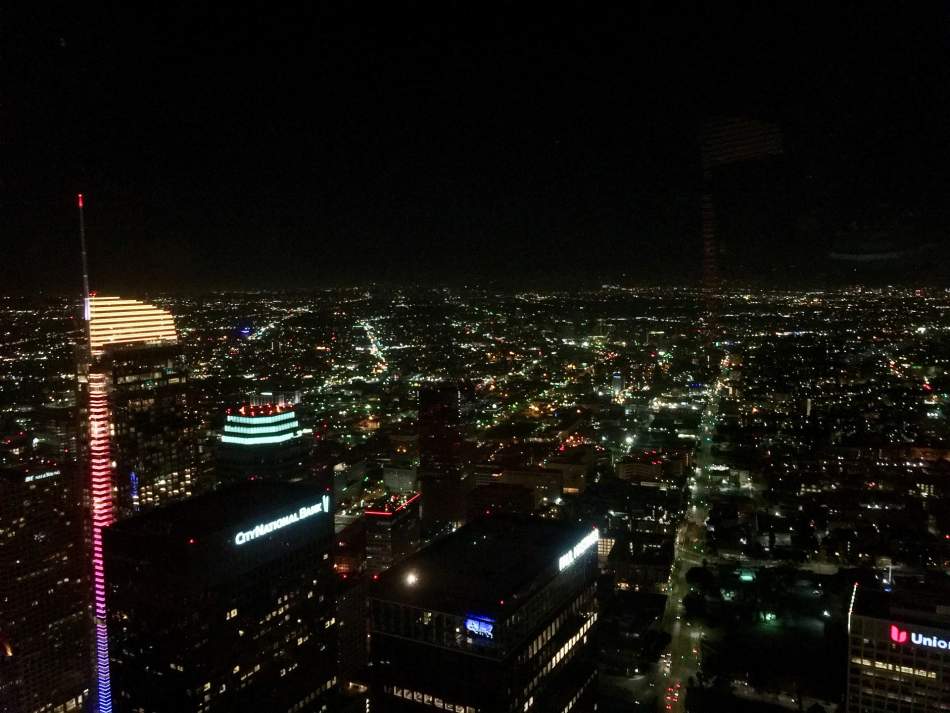
Looking beyond DTLA, that truth becomes all the more evident when we consider the continued importance of LA’s more distant regions. Places such as Orange County, Long Beach, the South Bay, and the Inland Empire are unlikely to be integrated into any sort of monocentric, rail-fed ‘Manhattan’ of the region any time soon. They have strong local economies and will likely continue to wield considerable economic and cultural clout in the region for the foreseeable future, fairly independent from their relationship with DTLA.
But on the other hand, the Los Angeles 2.0 model will not continue to dominate the region for years to come. To be sure, a fair number of distant suburbs will continue to be centered around the car for the foreseeable future; they are too far to be connected by rail effectively, and too sparsely populated to be serviced efficiently by anything other than private cars. But the notion that the automobile and single family home can function effectively as the sole future of the region, which was fairly predominant during the mid-century, must also be put to rest. The promise of a nice single family home on a suburban subdivision, with easy access to economic opportunity via the freeways, was what attracted millions of people to LA for decades. But today traffic is endemic to the region, except for in the very distant exurbs, and owning a single family home in LA is little more than a fantasy for most, given the exceptionally high prices for such structures across the region. This inaccessible pricing, at least when it comes to single family homes, is unlikely to get any better in the near future — the population and economy of the region continue to grow, but by this point the amount of land on which single family homes can be built is more or less fixed. What is more likely is that increasingly single family homes will be torn down and replaced with multifamily dwellings and small lot subdivisions. To continue attracting people and talent to the region in years to come, LA must offer a desirability of a more dense, urban variety, in addition to the manicured residential subdivisions which has been its trademark for decades past.
Previous Installation: Post-Recession Growth Acceleration in DTLA
Jason Lopata works as a land use consultant with Craig Lawson & Co., LLC, helping real estate development projects in LA navigate the city approvals process. Jason previously spent time on the Business Team of LA Mayor Eric Garcetti. He also writes articles on globalization and urban development for Stratfor, the geopolitical analysis website. Jason received his bachelor’s degree from Stanford University and completed programs of study at the University of Oxford and at UCLA’s Anderson School of Management. While at Stanford, he founded and led the student real estate organization, and authored his senior thesis on Los Angeles development over the past 30 years.




